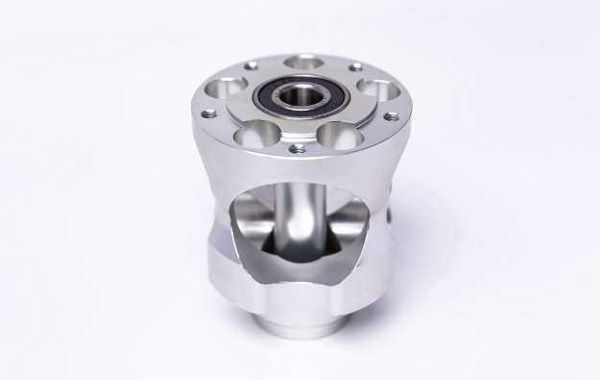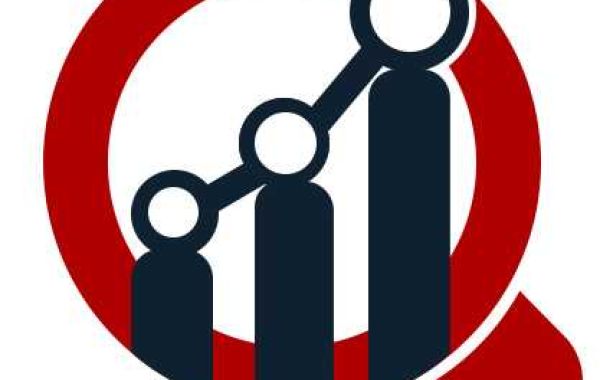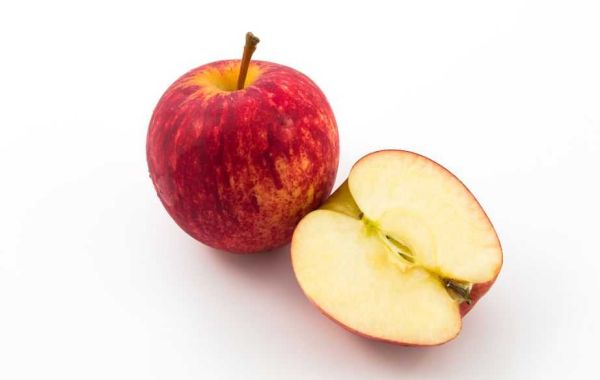CNC turning is a potent manufacturing technique that may help create products with exceptional precision and accuracy. However, precise CNC turning of premium parts could be challenging or even impossible if the part is not meant for manufacturing. Many considerations must be made when designing CNC turning steel parts to guarantee their efficient and reasonably priced manufacture. These aspects include:
- Tool selection: It is necessary to select the proper cutting tools for the CNC turning process. The type of tool, its material, and its geometry all affect the quality of the finished product and the efficiency of the machining process.
- Material selection: The type of steel selected will have a considerable impact on the part's cost, durability, and machinability. It is essential to choose a steel that is compatible with the CNC turning process and possesses the attributes required for the intended use.
- Part geometry: The geometry of the part will also affect its machinability. It can be more expensive and time-consuming to machine elaborate parts with internal features, sharp edges, or tight tolerances. It's imperative to design the product to be more manufacturable and less complex.
- Cutting parameters: For the specific material and component geometry, it is important to adjust the cutting parameters, such as feed rate, depth of cut, and spindle speed. Tool wear, surface defects, and component failure can all be caused by improper cutting settings.
If the item is not manufactured to be manufactured, it may lead to problems with tool wear, surface imperfections, and even failure of the part during the CNC turning process. By understanding the design considerations for CNC turning steel parts, these problems can be avoided.








